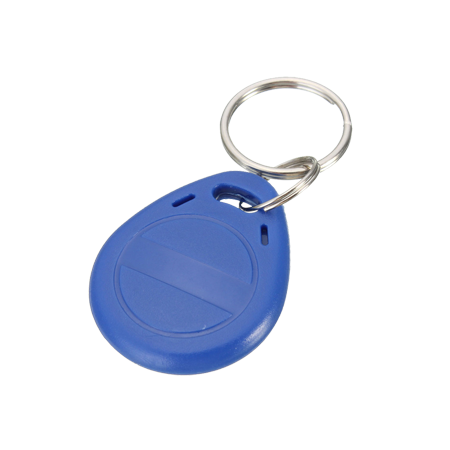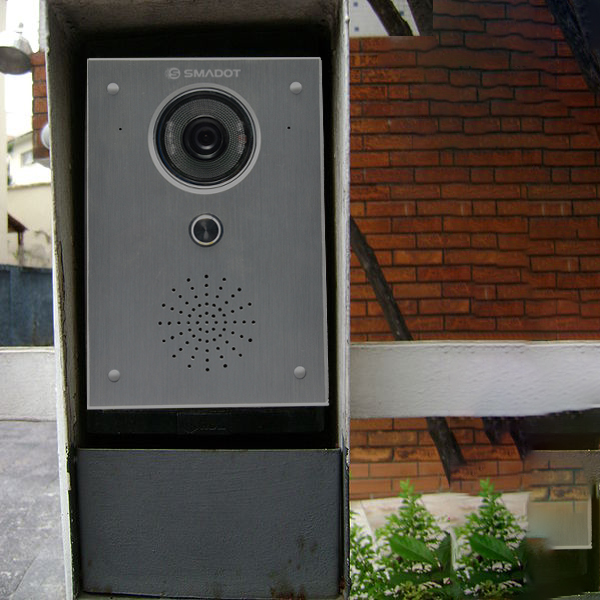The Difference Between PAL, NTSC and SECAM?

These three words are the global television standards in the world. Moreover, the video doorphone also use these television standards to make two way communication. And Smadot Video Doorbell supports all of these three standards, the customers could choose the right standards according to their countries.
What’s the difference between NTSC, PAL, and SECAM?
Each of these standards has their own attributes and they are not comaptible with each other. How this relates to Sonic and Roxio software is that if you try to import a PAL video into NTSC session, the software may not have the ability to transcode this to NTSC or vice versa. The video must be encoded to the TV standard that you intend to play it back on.
This also applies to DVD players as well. DVD players, like VHS players, are pre-made to read-only the TV standard they were created for. This is usually determined by the country the player was purchased in. Here’s a brief explanation of the three different television standards and the countries that support them:
NTSC
(National Television Standards Committee) is the oldest existing standard, developed in the USA and first used in 1954. It’s parameters are as follows:
Lines: 625
Frame rate: 29.97 Hz
Picture resolutions: 720 x 480; 704 x 480; 352 x 480; 352 x 240The Countries that support NTSC video are as follows:
Antilles, Netherlands, Bahamas, Barbados, Belize, Bermuda, Bolivia, Burma, Canada, Chile, Columbia, Costa Rica, Cuba, Dominican Republic, El Salvador, Ecuador, Grenada, Guatemala, Honduras, Jamaica, Japan, Mexico, Panama, Peru, Philippines, Puerto Rico, South Korea, Surinam, Taiwan, Tobago, Trinidad, United States of America, Venezuela.
PAL
(Phase Alternating Line) was developed in 1967 by the United Kingdom & Germany. PAL standard utilizes a wider channel bandwidth than NTSC which allows for better picture quality. It’s Parameters are as follows:
Lines: 525
Frame rate: 25 Hz
Picture resolution: 720 x 576; 704 x 576; 352 x 576; 352 x 288The countries that support PAL are as follows:
Algeria, Andorra, Angola, Argentina, Australia, Austria, Bahrain, Bangladesh, Belgium, Botswana, Brazil, Brunei, Cameroon, China, Denmark, Ethiopia, Fiji, Finland, Germany, Ghana, Gibraltar, Hong Kong, Iceland, India, Indonesia, Ireland, Israel, Italy, Jordan, Kenya, Kuwait, Lesotho, Liberia, Luxemburg, Malawi, Malaysia, Maldives, Malta, Mozambique, Namibia, Netherlands, New Zealand, Nigeria, Norway, Oman, Pakistan, Papua New Guinea, Paraguay, Portugal, Qatar, Rumania, Seychelles, Sierra Leone, Singapore, Somalia, South Africa, Spain, Sri Lanka, Sudan, Swaziland, Sweden, Switzerland, Syria, Tanzania, Thailand, Turkey, Uganda, United Arab Emirates, United Kingdom, Uruguay, Yemen, Yugoslavia, Zambia, Zimbabwe.
SECAM
(Squentiel couleurmmoire) was developed in France in 1967. SECAM uses the same bandwidth and resolution (720×576) as PAL but transmits the color information sequentially. Take note that only a handful of products support SECAM.
The countries that support SECAM are as follows:
Afghanistan, Benin, Burkina Faso, Bulgaria, Burundi, Central African Republic, Chad, Congo, Czechoslovakia, Djibouti, Egypt, France, French Guiana, Gabon, Greece, Guadalupe, Guinea, Gyprus, Haiti, Hungary, Iran, Iraq, Ivory Coast, Lebanon, Libya, Madagascar, Mali, Martinique, Mauritius, Mauritania, Monaco, Morocco, Niger, North Korea, Poland, Russia, Rwanda, Saudi Arabia, Senegal, Syria , Togo, Tunisia, Vietnam, Western Samoa, Zaire.




